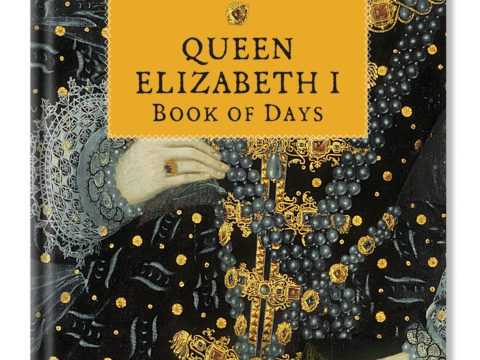Elizabeth I: Life Story
Chapter 20 : War
To minimise the risk of assassination of Elizabeth with a view to enthroning Mary, the queen’s council led by Burghley sought to make any attack pointless by introducing what came to be known as the Bond of Association. According to its terms, anyone who might otherwise have attained the throne through the assassination of Elizabeth would not just be debarred from inheriting, but would also suffer the death penalty even if she (for it was aimed at Mary, although she was not named) or he (for James was not above suspicion) had had no pre-knowledge of the attack. Even such a person’s heirs would not be exempt but would also suffer.
The Bond was circulated throughout the country and thousands swore to uphold it. Although there were some who raised objections to such a shocking abuse of the law it was hard for them to object without attracting suspicion themselves.
When copies of the Bond, with thousands of signatures and seals were show to Elizabeth, she was touched and grateful, yet she would not endorse all of the principles of the Bond being enshrined by parliamentary act. The eventual Act for the Queen’s Safety stated that, if Elizabeth were assassinated either through incitement by, or on behalf of a claimant to the throne, then that claimant would be tried and, if found guilty, excluded from the succession, and if they had positively assented to the plot, should be ‘by all forcible and possible means’ pursued to death. No action was to be taken against this person’s own heirs – Elizabeth’s way of ensuring that James was not caught up in action that might arise against Mary.
In the meantime, the situation in the Netherland was going from bad to worse. With the death of François in 1584, and the assassination of William of Orange-Nassau, there was little to stop the Spanish claiming ultimate victory. The States-General now offered Elizabeth sovereignty in return for protection. She again rejected the idea, wanting only to help them to the point when Philip would moderate his behaviour and act responsibly towards his subjects.
Nevertheless, she agreed to send men and money, and the Treaty of Nonsuch of 10th August 1585 promised infantry, cavalry and garrisons for the two towns of Vlessingen (Flushing) and Brill, that England was to hold as surety for repayment of loans. She appointed Leicester as the English commander-in-chief for the campaign described here.
Contrary to orders, Leicester accepted the post of governor-general, an act which led to Elizabeth falling into such paroxysms of rage as had never been seen before, even from her. It took months for her to be pacified. It was not just anger at Leicester’s apparent defiance, but her real fear that Philip would now be provoked into open war. Money (which had had to be raised by taxation) was pouring out of the English treasury – although little seemed to find its way into the pay packets of the common soldiers. Leicester was not an effective commander, he and the States-General did not work well together, and the whole campaign had little success. Leicester, whose health was poor, returned, to be replaced by Lord North.
